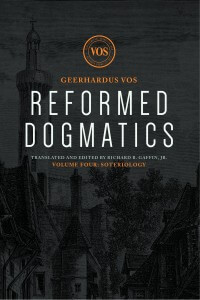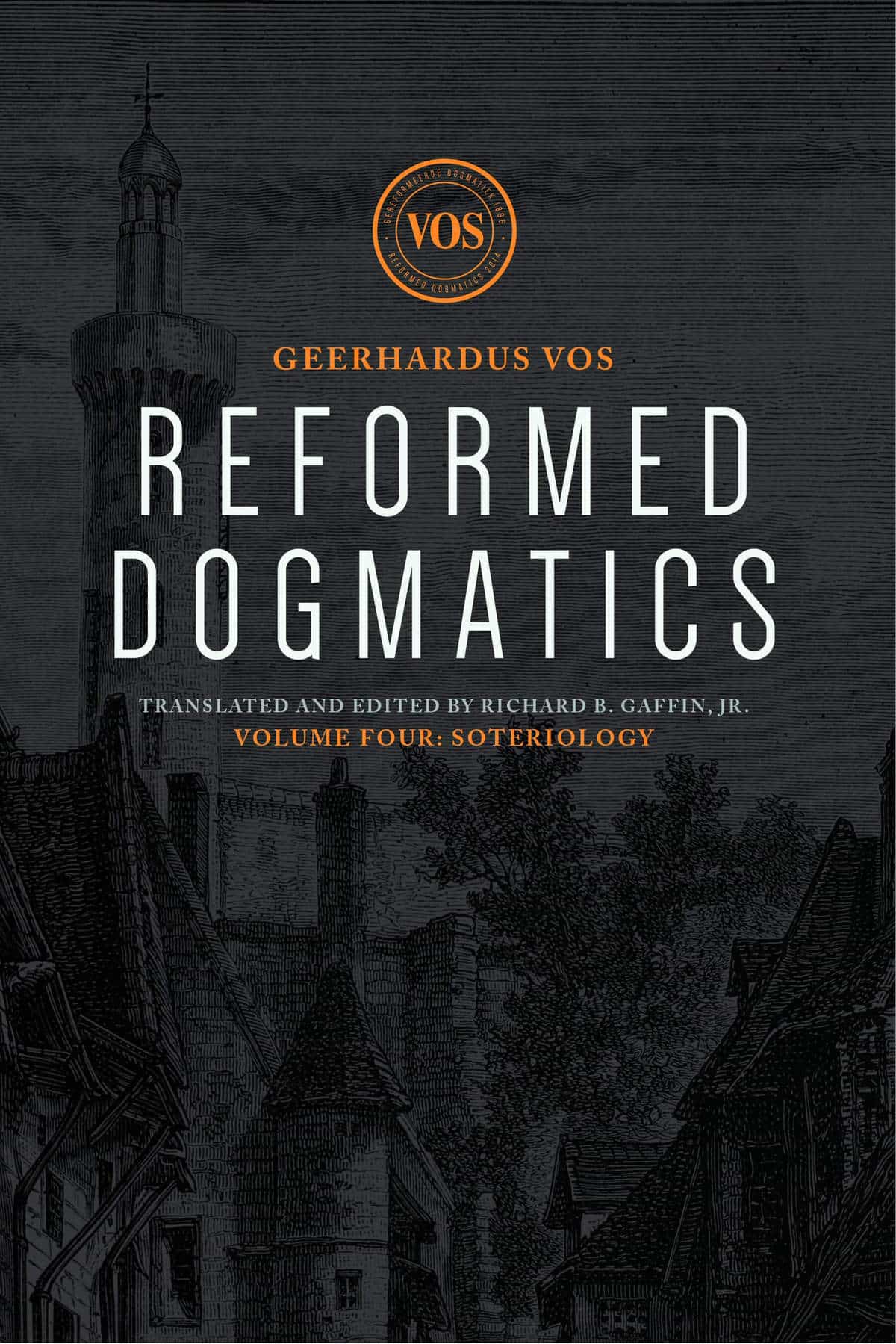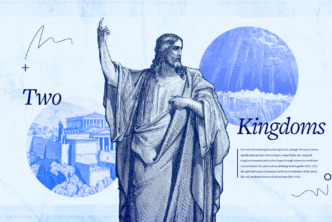The first three volumes of Geerhardus Vos’ Reformed Dogmatics establish Vos’ thought regarding the character of God, the nature of man, and the person of Christ. The fourth volume in this five-volume set begins an examination of the work of Christ, salvation. The highly anticipated fourth volume of Geerhardus Vos’ Reformed Dogmatics is now available! Here’s an exclusive excerpt.
Soteriology

Volume four covers Soteriology, discussing the nature of salvation, evidence of salvation in the Holy Spirit and the Church, and the order of salvation. In this excerpt from chapter one, Vos describes the “order of salvation.”
- What is understood under the ordo salutis, the “order of salvation”?
The series of acts and steps in which the salvation obtained by Christ is subjectively appropriated by the elect. In Scripture σωτηρία, salus, has a double meaning, one more subjective and one more objective, according to whether it includes the act of saving or of being saved. In the first sense it naturally extends much farther than in the subjective appropriation of salvation. Christ is called σωτηρία not merely because He applies His merits but because He has likewise obtained them. His satisfaction was the principal act of salvation. In the second sense it is narrower in scope and in fact covers what one understands under the designation “soteriology.”
- What is further contained in the term ordo salutis, “order of salvation”?
That the subjective application of the salvation obtained by Christ does not occur at once or arbitrarily. In the abstract, it would be possible for God to take hold of and relocate each one of the elect into the heaven of glory at a single point in time. He has His good reasons that He did not do this. There are a multiplicity of relationships and conditions to which all the operations of grace have a certain connection. If the change came about all at once, then not a single one of these would enter into the consciousness of the believer, but everything would be thrown together in a chaotic revolution. None of the acts or steps would throw light on the others; the base could not be distinguished from the top or the top from the base. The fullness of God’s works of grace and the rich variety of His acts of salvation would not be prized and appreciated.
The opposite of all this is true. There is order and regularity in the application of salvation as well as in every other area of creation. The acts and operations each have their own fixed place, from which they cannot be uprooted. They are connected to each other from what follows and from what precedes; they have their basis and their result. Consequently, the Scripture gives us an ordered sequence (e.g., Rom 8:28–30). At the same time, this order shows us that even in what is most subjective the purpose of God may not be limited to the satisfaction of the creature’s longing for blessedness. If this were so, then the order that is slow and in many respects tests the patience of the children of God would be lost. But here, too, God works first of all to glorify Himself according to the principles of an eternal order and an immanent propriety.
***
The fourth volume of Geerhardus Vos’ Reformed Dogmatics is now available. Gain valuable insight into the nature of salvation from this influential theologian. Don’t miss this important piece of biblical theology—get it today!





